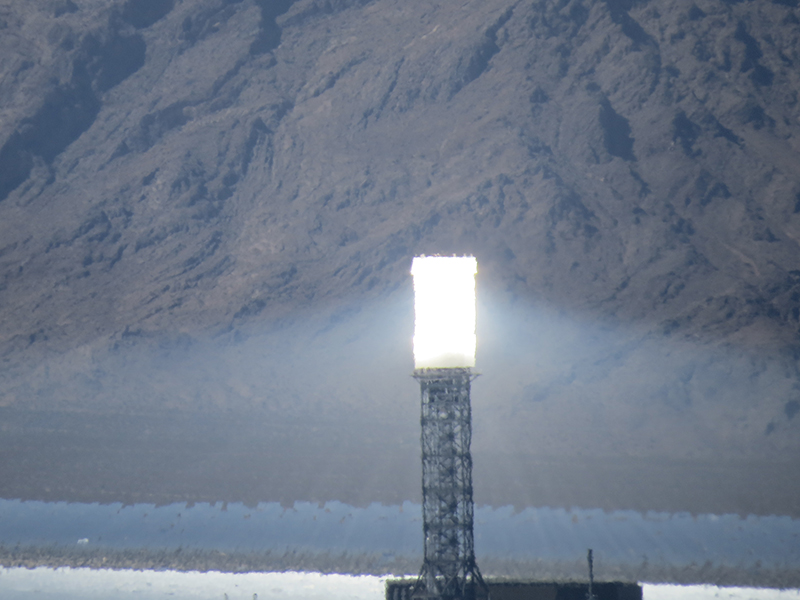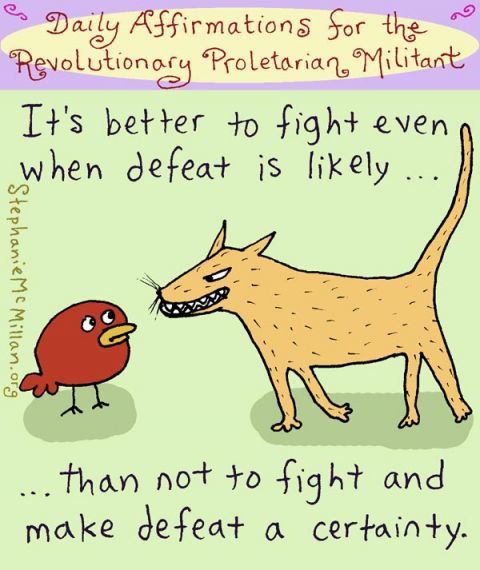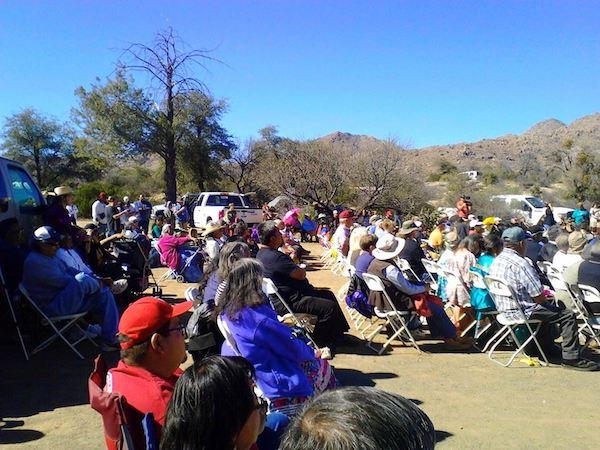by Prairie Protection Colorado
Prairie Protection Colorado (PPC) has been investigating the poisoning of prairie dogs in both Cherry Creek State Park and Chatfield State Park that occurred during 2017. During this year alone, Colorado Parks and Wildlife (CPW) poisoned over 3700 prairie dog burrows in these state parks with the incredibly dangerous and inhumane phosphine gas, Fumitoxin. When attempting to discover the reasons for this mass extermination, we were told that the prairie dogs were inhumanely gassed to death for three reasons:
- They degrade vegetation (this certainly was not the case in the areas that were poisoned).
- They were damaging trails (there were no trails in the areas poisoned).
- Neighboring subdivisions were complaining (there were no neighboring subdivisions in the areas poisoned).
PPC immediately started calling the park managers to inquire into these poisonings. Cherry Creek State Park’s manager, Jason Trujillo, did speak with us but claimed that he knew nothing about the poisonings except that he had hired Wildlife Services to kill. He said he didn’t know where they poisoned or what they used to kill. We then reached out to Chatfield’s manager, Stuart Hayes, both through phone calls and emails and received no reply. Once we went up the chain and talked to their supervisors, Wendi Padia and Mark Leslie, we were met with silence and a refusal to answer any direct questions.
For over a month, we struggled to secure a meeting with Windi and Jason about the poisoning at Cherry Creek State Park since they have a Prairie Dog Management Plan that they clearly violated in multiple ways. Finally, Windi and Jason agreed to meet us but only over coffee at a Panera Bread restaurant, even though we repeatedly requested to meet at Cherry Creek State Park. We requested to meet at the park in order to have a productive conversation by walking the poisoned areas with these officials, getting to understand their prairie dog policies on the ground, and having an opportunity to better understand, through on the ground evidence, why they choose to poison over 2100 burrows this past October with burrowing owls appearing in the park for the first time in over 10 years. Even after repeated attempts to arrange our meeting in the park, we were told that we either meet at Panera Bread or not at all. We attended this meeting and were treated with hostility followed by an inability to be transparent and honest with us. Both Windi and Jason would not answer our questions directly and they behaved like politicians trying to circumvent the truth though the power of manipulative language.
As this was occurring, PPC submitted several Colorado Open Records Requests to CPW and Wildlife Services and discovered that CPW was withholding emails, maps and other information from our organization in violation of CORA law. In addition, Jason Trujillo knew exactly where the prairie dogs were killed and had discussed the poison used, Fumitoxin, in several emails. We now had evidence that he was lying to us about what had occurred in the park.
CPW, along with Wildlife Services, has a long history of mismanaging Colorado’s wildlife. Just recently they began a corrupt war on mountain lions and bears and began chasing them down with dogs and trapping and shooting them to boost mule deer populations in Colorado. Thankfully, WildEarth Guardians and the Center for Biological Diversity brought them to federal court and have put a hold on their plan by insisting that they actually take science into consideration when making such extreme decisions. CPW has also opposed wolf re-introduction into Colorado effectively nullifying advocates attempts to bring back this amazing keystone species to a land that cries out for them. In all cases, polls show that the majority of Colorado residents oppose these decisions made by our wildlife officials. CPW appears to be in the business of killing wildlife, not protecting them and they have no interest in what the residents of Colorado want for our land and wildlife.
PPC, together with our members and concerned wildlife advocates, plan on holding CPW accountable for their shameful decisions to poison prairie dogs in our state parks. In order to be effective, we need YOU to get involved and help us with various action calls, protests, letters and participation in this campaign. If Colorado’s residents step up and insist that this madness stop, we CAN change policy and insist that CPW officials are held accountable to the wishes of Colorado residents to protect our rapidly diminishing wildlife communities. This would be the first step in insisting that our state wildlife representatives begin protecting and conserving wildlife and land at this very critical time in our history. The prairie dogs need us, along with countless other species, and we can no longer stand back and wring our hands in disgust.
Take Action!
Colorado Parks and Wildlife: STOP Poisoning Wildlife In Our State Parks!
PPC and Care2 have put together a petition to sign and share to help us stop the poisoning of wildlife on our state parks. Please Sign Our Petition and help us illustrate that we deeply care about our prairie communities in our state park and that we will not stand by as our state’s wildlife officials poison a keystone species.
Write and Call CPW Agents Windi Padia and Jason Trujillo
It is important to let both Windi Padia (CPW north east region supervisor) and Jason Trujillo (Cherry Creek State Park manager) know that many Colorado residents care about prairie dogs and prairie communities in our state parks and that we will not tolerate the poisoning of our wildlife. You can contact them with your concerns at the following numbers and emails:
Windi Padia:
windi.padia@state.co.us
303-291-7361
Jason Trujillo:
jason.trujillo@state.co.us
303-690-1166 ext.6565
Donate to PPC
PPC always appreciates your financial contributions. Currently, our attorney is working with us on the violations CPW has committed in terms of policy and Open Records Requests. Your donations help make this work possible. You can donate by clicking on the orange button in the upper right section of this email.
Together, we can make a difference for the rapidly diminishing prairie dog colonies along Colorado’s Front Range and the communities they support.
Thank you for your continued support! Please watch your inbox for our newsletters so you can help ensure the continued existence of healthy prairie dog colonies on our state parks.
Prairie Protection Colorado
Fighting for the Prairies
prairieprotectioncolorado.org
prairieprotectioncolorado@gmail.com
720-722-1691
















